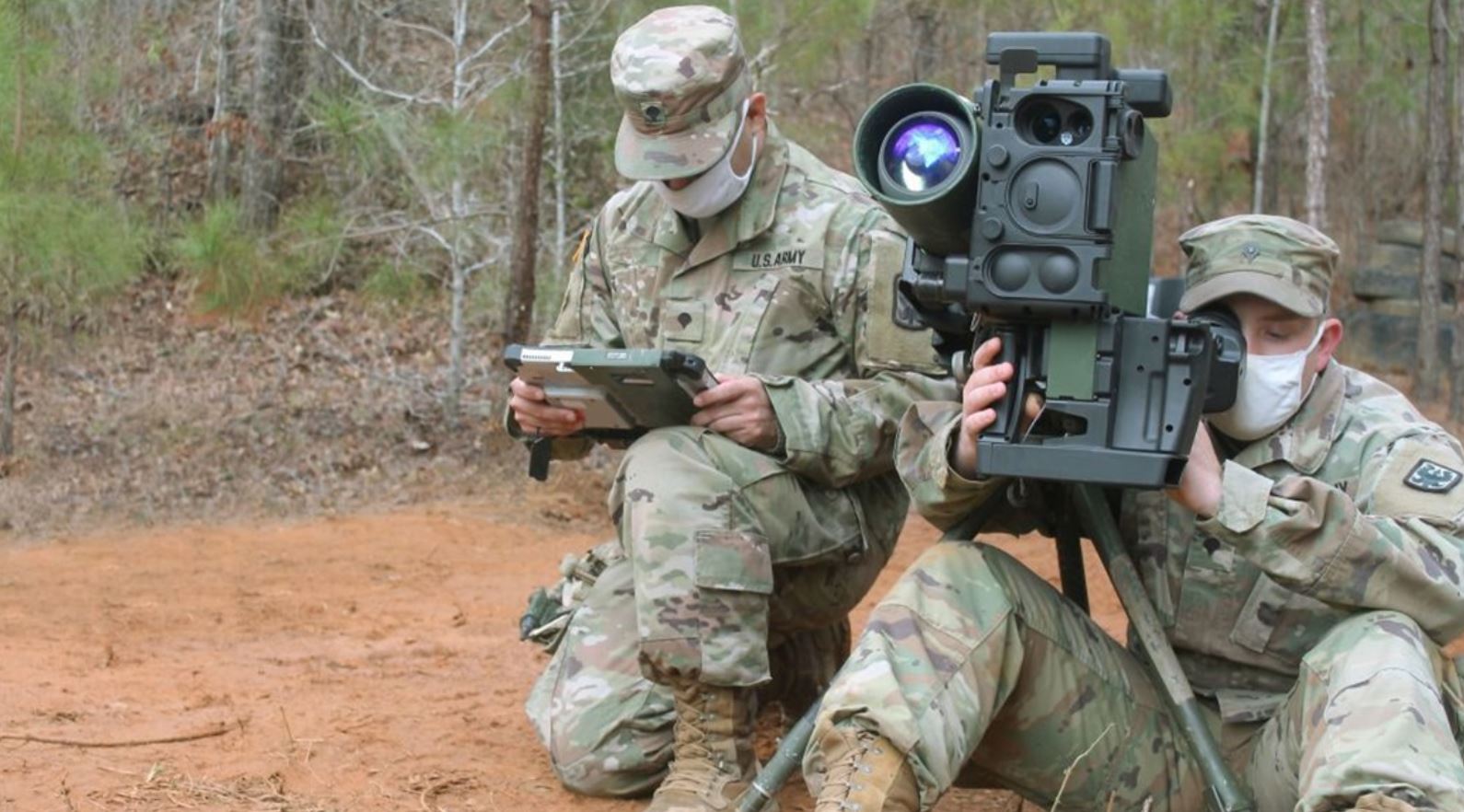 The U.S. Army is taking a significant step forward in securing its munitions facilities by exploring the potential of artificial intelligence. This initiative aims to enhance the protection of the vast areas where munitions are produced and stored, ensuring they remain safe and secure. At a recent gathering in Huntsville, Alabama, Brig. Gen. Ronnie Anderson, who commands the Joint Munitions Command, shared insights into the need for innovative and cost-effective security solutions.
The U.S. Army is taking a significant step forward in securing its munitions facilities by exploring the potential of artificial intelligence. This initiative aims to enhance the protection of the vast areas where munitions are produced and stored, ensuring they remain safe and secure. At a recent gathering in Huntsville, Alabama, Brig. Gen. Ronnie Anderson, who commands the Joint Munitions Command, shared insights into the need for innovative and cost-effective security solutions.
Imagine this: a local duck hunter accidentally wanders into a restricted munitions area. It’s a scenario that highlights the vulnerabilities in current security measures. Anderson pointed out that the 13 sites he oversees have experienced 42 drone incursions, although he didn’t specify the timeframe. “What are they doing? We don’t know,” he admitted, underscoring the challenge of determining whether these incursions are innocent mistakes or something more sinister, largely due to a lack of interrogation capabilities.
The thought of a drone hobbyist inadvertently crashing into an explosive-laden area is a nightmare scenario, Anderson warned. While the inner perimeters are well-secured, the outer defenses, like barbed wire fencing, can be prohibitively expensive. For instance, a proposed fencing project at the Pine Bluff Arsenal in Arkansas came with an $80 million price tag.
Anderson suggested a more budget-friendly alternative: an AI-enabled mobile trailer equipped with sensors, cameras, and radar, costing under $5 million. This system could alert emergency operations centers about potential threats and manage drone incursions by identifying and interrogating unmanned aircraft systems.
Right now, the Army is working with three industry partners to test these AI-based security solutions at the Bluegrass Army Depot in Kentucky, with another pilot project underway at the Lake City Army Ammunition Plant in Missouri. Anderson emphasized the urgency of these enhancements, pointing out the need for comprehensive sensing capabilities, especially in light of potential conflicts where the U.S. mainland could become a contested zone.
As we move forward, it’s clear that embracing AI isn’t just about keeping up with technology—it’s about staying one step ahead in ensuring the safety and security of our critical infrastructure.








